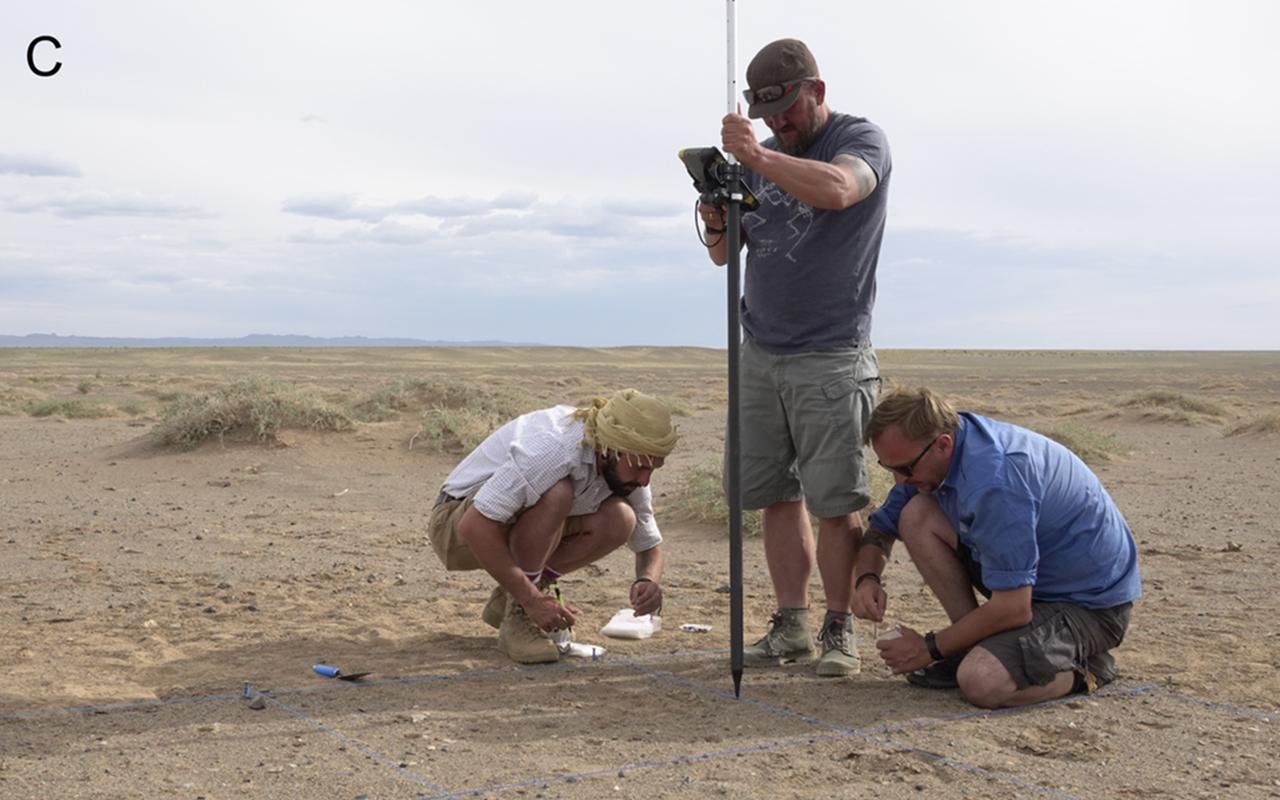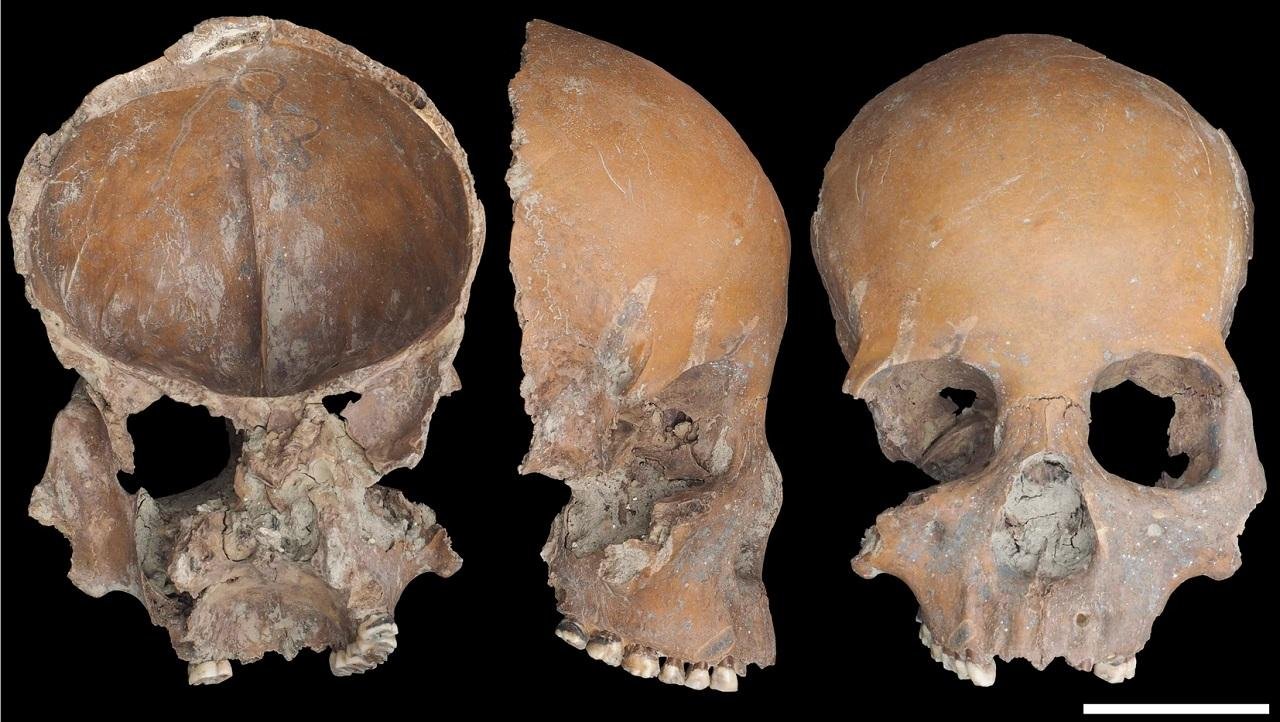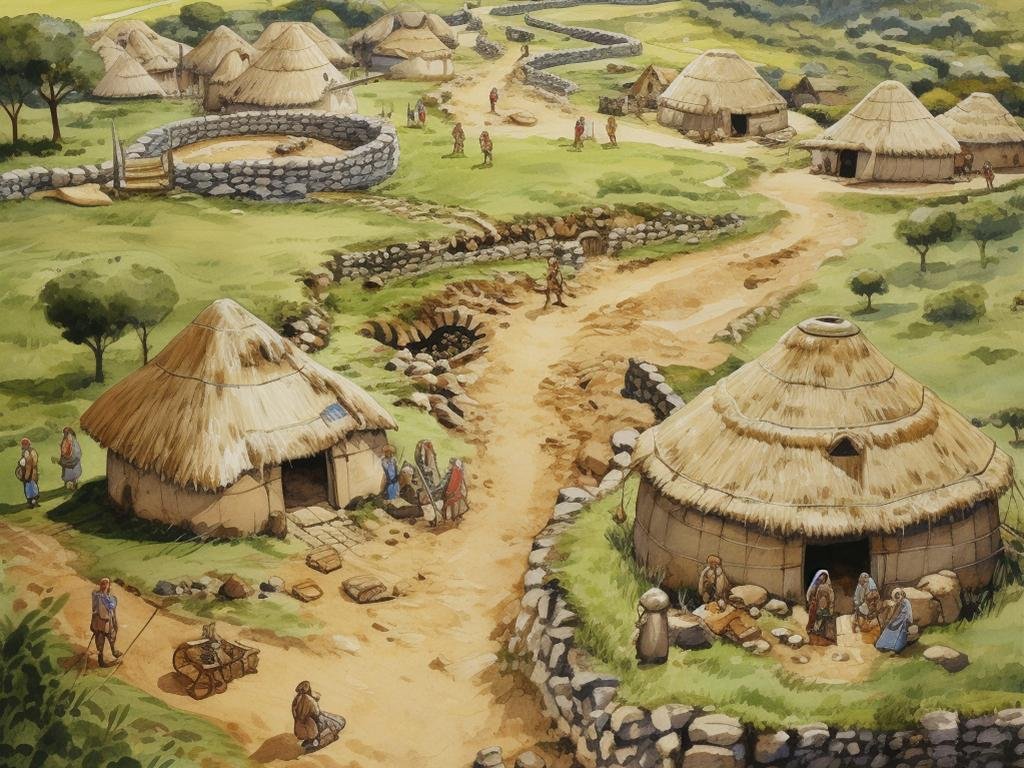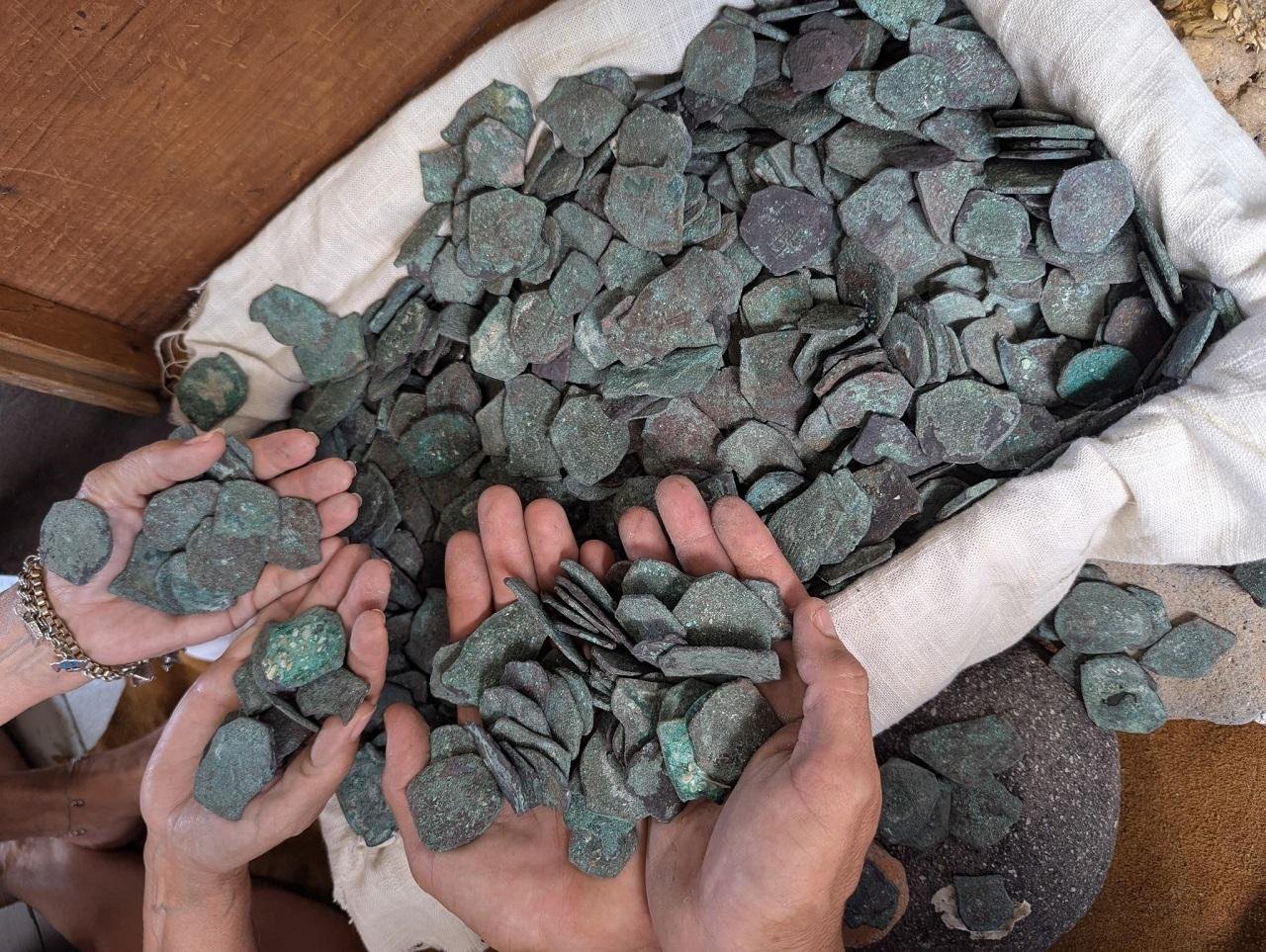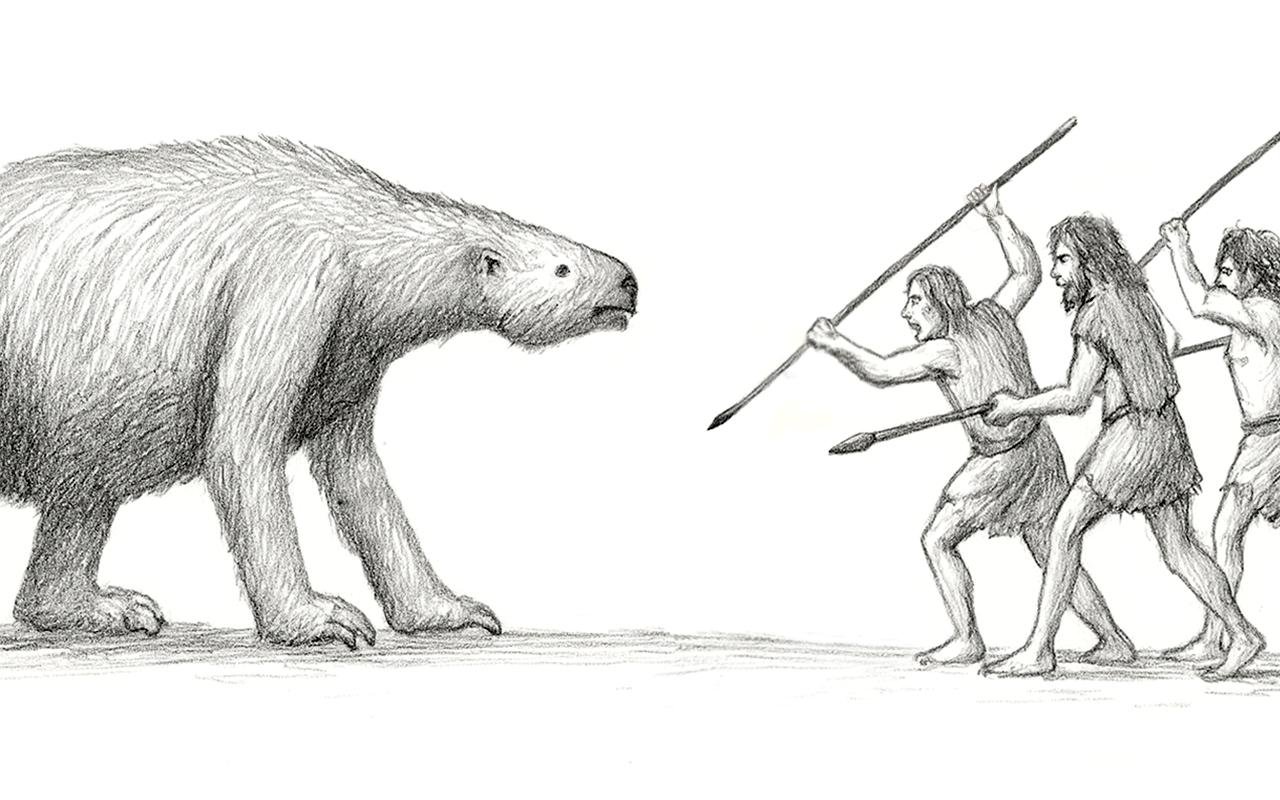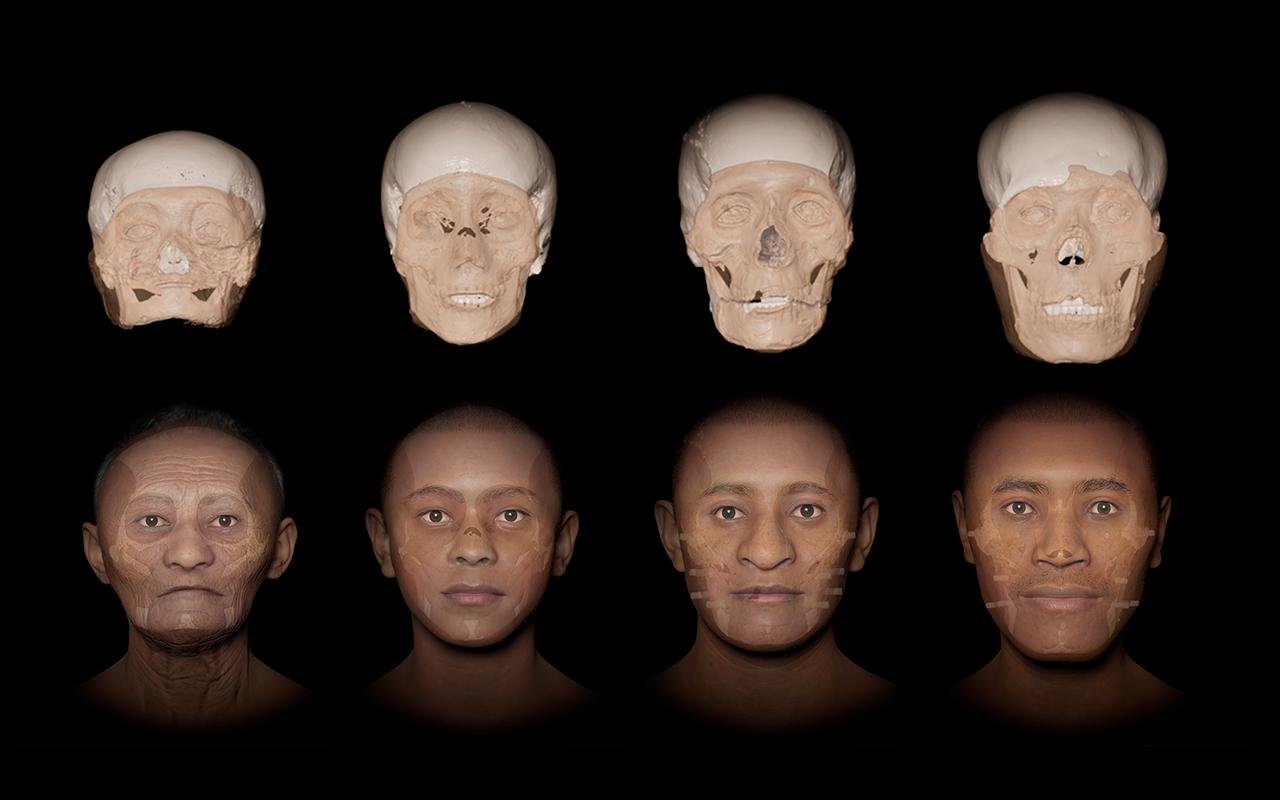Archaeologists excavating the ancient city of Troy in northwestern Turkey have discovered a gold brooch, a valuable jade stone, and a bronze pin dating to around 2500 BCE. The find, made near the “6M Palace” building in the Troy II layer, is among the most important discoveries there in a century and pushes back the city’s known history by several centuries.
 Artist’s representation of House VI M, part of the palatial complex. Credit: Carole Raddato / CC BY-SA 2.0
Artist’s representation of House VI M, part of the palatial complex. Credit: Carole Raddato / CC BY-SA 2.0
The artifacts were unearthed as part of Turkey’s “Heritage for the Future” project, supported by the Ministry of Culture and Tourism. The discovery was described by Culture and Tourism Minister Mehmet Nuri Ersoy as one of the most significant at Troy in the last century, and he stated that the brooch was one of only three of its kind ever discovered in the world.
The gold ring brooch, remarkably well preserved after 4,500 years, is made up of four spiraled rings and a long pin that was originally used to fasten garments. Beyond its practical purpose, it likely served as a marker of status and wealth, demonstrating the craftsmanship of Troy’s Early Bronze Age goldsmiths. The bronze pin found nearby also sheds light on the daily dress and metalworking traditions of the region.
Troya’da 4 bin 500 yıllık altın broş ve yeşim taşı gün ışığına çıkarıldı!
160 yılı aşkın süredir süren Troya kazılarında, Erken Tunç Çağı’na tarihlenen altın bir halkalı broş ile son derece ender bir yeşim taşı bulundu.
Dünya üzerinde bilinen sadece 3 örnekten en iyi korunmuş… pic.twitter.com/iu5mftHNRh
— Mehmet Nuri Ersoy (@MehmetNuriErsoy) September 27, 2025
Even more intriguing is the discovery of the jade stone. Jade is not native to Anatolia, and its presence shows that Troy was already part of extensive trade routes connecting the Near East, Central Asia, and possibly even China. The stone itself was probably part of a ring or pendant, providing insight into the city’s taste for exotic luxury goods long before the Trojan War.
These remains were found in the undisturbed Troy II levels, which provide evidence that this period of settlement began around 2500 BCE, not several centuries later as researchers previously believed. The new dating offers a clearer picture of the development of Troy during the Early Bronze Age, a time when urban centers were emerging all over Anatolia and the Aegean.
The results also highlight Troy’s early importance as a crossroads between East and West. Long before its mythic status as the battleground of Homer’s Iliad, the city had already been a hub of trade, craftsmanship, and cultural exchange between the Aegean and inland Asia.
Archaeological investigations at Troy have been underway for more than 160 years and have revealed at least nine major settlement layers, spanning from the Early Bronze Age to the Byzantine period.
The newly discovered artifacts will soon be exhibited at the Troy Museum in Çanakkale, near where they were found. There, visitors will be able to see these elegant objects—rare glimpses into the lives of the earliest Trojans, whose art and global connections laid the foundations for one of the most famous cities in human history.
